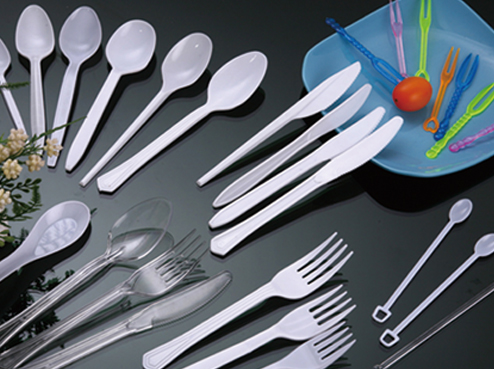Injection molding is an industrial production method for creating solid parts by rapidly depositing melted material into a heated mold, under pressure. The term "injection molding" can also be used to refer to the production process itself, as in "an injection molding process". Injection molding is generally done with a host of mixtures mainly consisting of metals, polymers, glasses, rubber, and more recently thermoplastic and thermoplastic materials. Molds are made by pouring molten plastic material (usually from an industrial production line) into a large mould that has been specially designed for the purpose. The molded plastic is held in the mould while it hardens until it reaches the correct shape and can then be removed. Typically one part will take several hours to complete, sometimes longer.
Injection moulding cuts production time in half, reduces waste and increases profitability. Molded plastics can then be manufactured for retail, military, industrial, transportation, and consumer market uses. Molds can also be used for making different decorative items like signs and logos for a wide variety of uses.
The injection moulding process produces a range of popular and useful plastic products. It has enabled the production of complex metal parts which have revolutionized manufacturing. Plastic parts are used in many applications including airplane parts, boats, cars, bikes, tubes, pet products, safety equipment, and household goods. injection moulded plastics can also be used for direct injection into an existing structure to produce load-bearing walls and frames.

Plastic injection moulding and plastic extrusion moulding are two totally different processes, but both must occur at the same time to create a finished product. The first step in the process is the creation of a base material, which can either be solid or liquid. This is then made mold from the base material and the desired shape of plastic injection moulds are added. All the three components of the creation of the plastic product are then combined and poured into the mould. Finally the mould is closed and the plastic injected into the desired location.
Plastic injection moulding has changed how many industries operate. Now instead of simply making products by hand it is possible to create small large numbers of identical products in minutes. The biggest change though has been the addition of automated machinery to speed up the process and cut production time. The number of plastic injection moulds required has also increased dramatically with more parts being made in large numbers. Plastic injection moulds can be used for a variety of other manufacturing applications such as in packaging and personalised merchandise. They are ideal for high volume production and cost effective solutions for many business sectors.
As technology increases and production costs come down, low volume production will become more affordable and mass production will become possible. With this in mind injection moulding has continued to progress with new features being added all the time. Some plastic injection moulding products today can create the finish required for varnishing and other specialist tasks. This is just one example of how low volume plastic products can be made and mass produced with injection moulding.